Nowadays, such a type of creativity as needlework, especially embroidery, is very popular. In order for the work to be beautiful and high-quality, you need to know what fabric is used for embroidery. What is the name of the fabric for embroidery - further in the article.
What is embroidery fabric
Embroidery fabric is the basis for embroidery in any way - cross stitch, beading, satin stitch, hardanger, etc. The embroidery fabric itself can be of different types, which differ in texture and composition. Choosing the right embroidery fabric is one of the most important steps before starting work. Only if you do not make a mistake will the work look the way you want. The embroidery material differs from ordinary fabric in a large number of cells, in the corner of each there are holes. The smaller the cell, the smaller the final work will look.
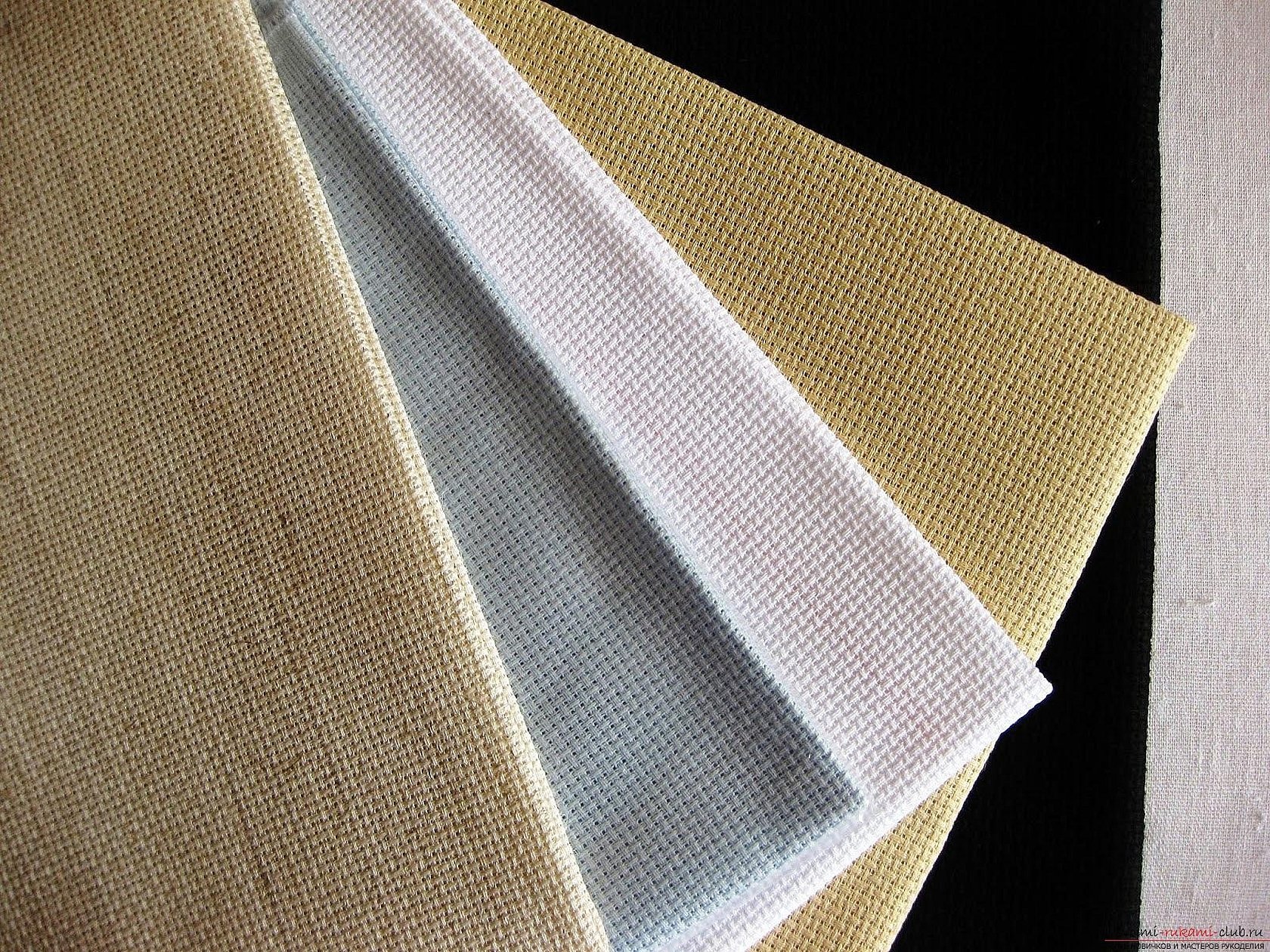
By the way, you also need to be able to select the right floss for each fabric so that there are no gaps. A thin thread on a large canvas will only work if you want to get an openwork fabric. Needlewomen now have an incredible choice of fabrics. The most popular is Aida - it is the most versatile and affordable. All fabrics have their own markings, so even beginner embroiderers can quickly figure it out and understand what they need. By the way, you can also embroider on ordinary fabrics to decorate, for example, a dress or a handbag, but then you will need a soluble or overlay canvas.
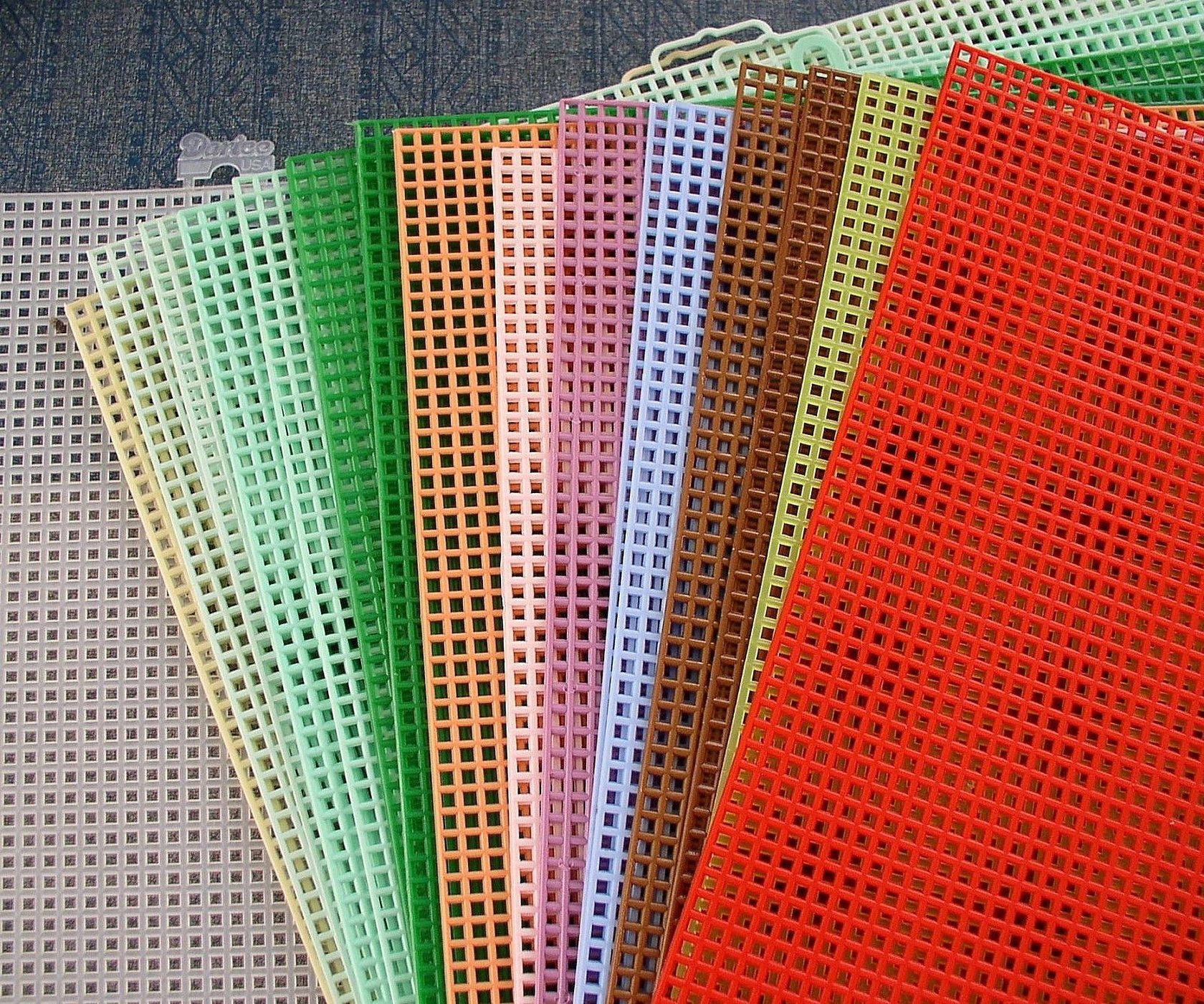
Types of canvas and features of its use
As already mentioned above, the choice of canvas is now almost unlimited. Despite the fact that there are options for universal fabrics, needlewomen still like to experiment and choose what is best suited for their work. All canvases differ from each other in their direct purpose, properties, sizes. Therefore, for everyone who likes embroidery, it will be useful to know how to choose fabric for cross stitching and more.
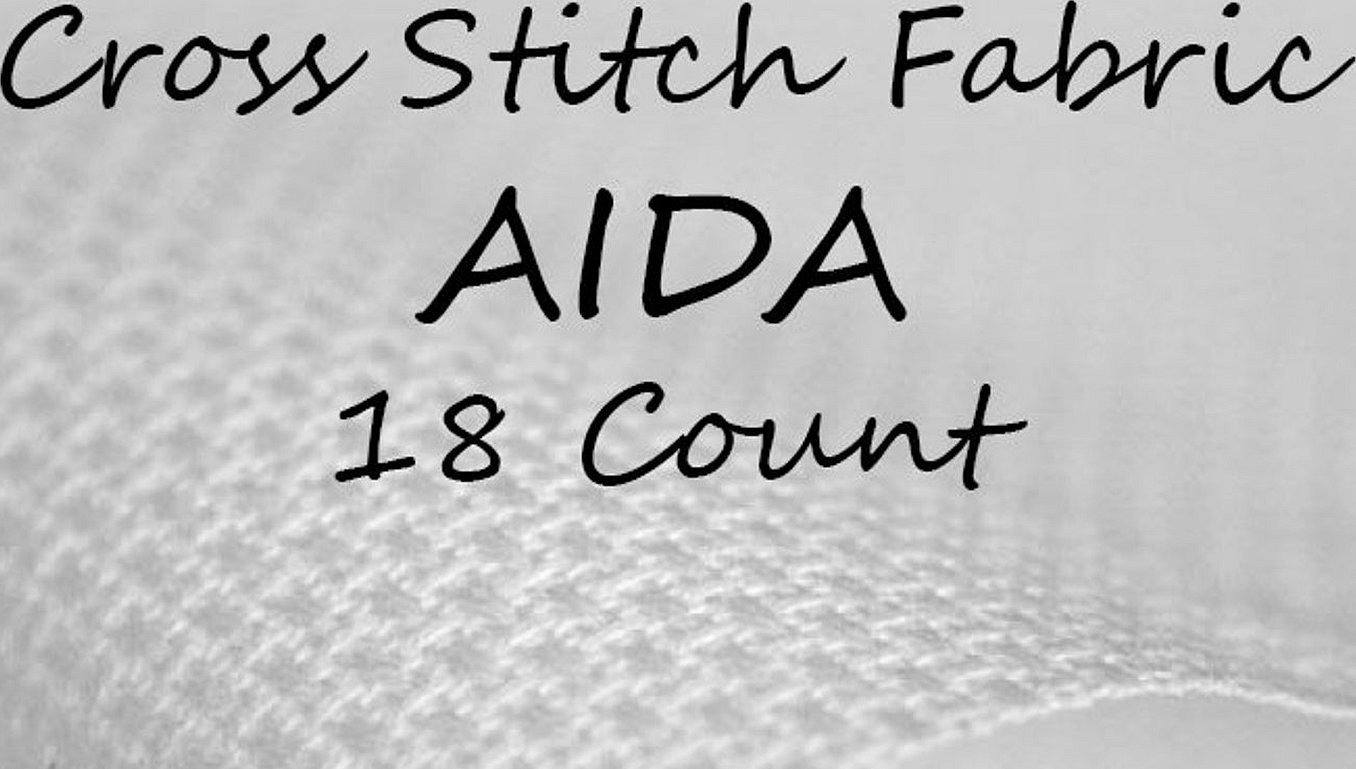
Overlay canvas
To the question: what kind of fabric is cross stitched on? You can safely say: on canvas. Overlay canvas is suitable for those cases when you need to do embroidery on products that are not intended for this. The technique is quite simple - such a canvas is applied to the product, and then the pattern is embroidered, as usual, on the cells. After the embroidery is completed, the canvas is removed.
There are 2 types of overlay canvas: regular and water-soluble. The first is removed by pulling out the threads, the second is soaked in warm water for 10 minutes and dissolves on its own. In both cases, a clean pattern remains on the fabric without any hint of canvas. It is very convenient to use for cross stitching on any knitwear, purses, bags, etc.
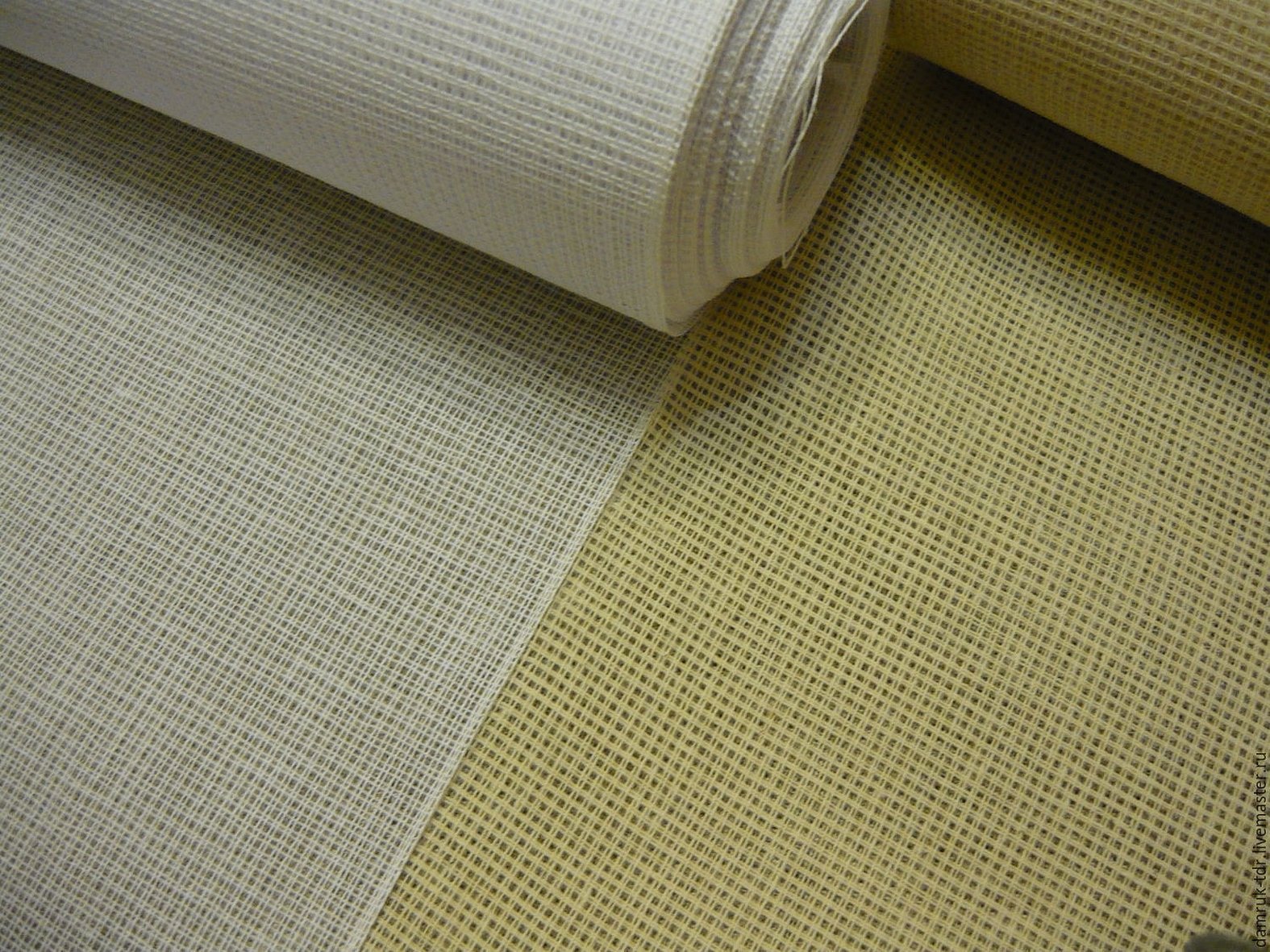
Plastic canvas
Plastic canvas is very hard to the touch. Its special feature is the ability to hold its shape and not bend. There is a regular plastic canvas - it does not bend at all, very convenient for embroidering postcards or Christmas tree decorations. The second type is vinyl canvas, it is also hard, but at the same time it can bend. You can make beautiful wallets, clutches, covers for phones, documents, bookmarks, etc. from vinyl canvas. Both types of canvas have an advantage - the fabric does not crumble when cut. That is, on the canvas for embroidery you can do absolutely any embroidery, which ultimately requires cutting.
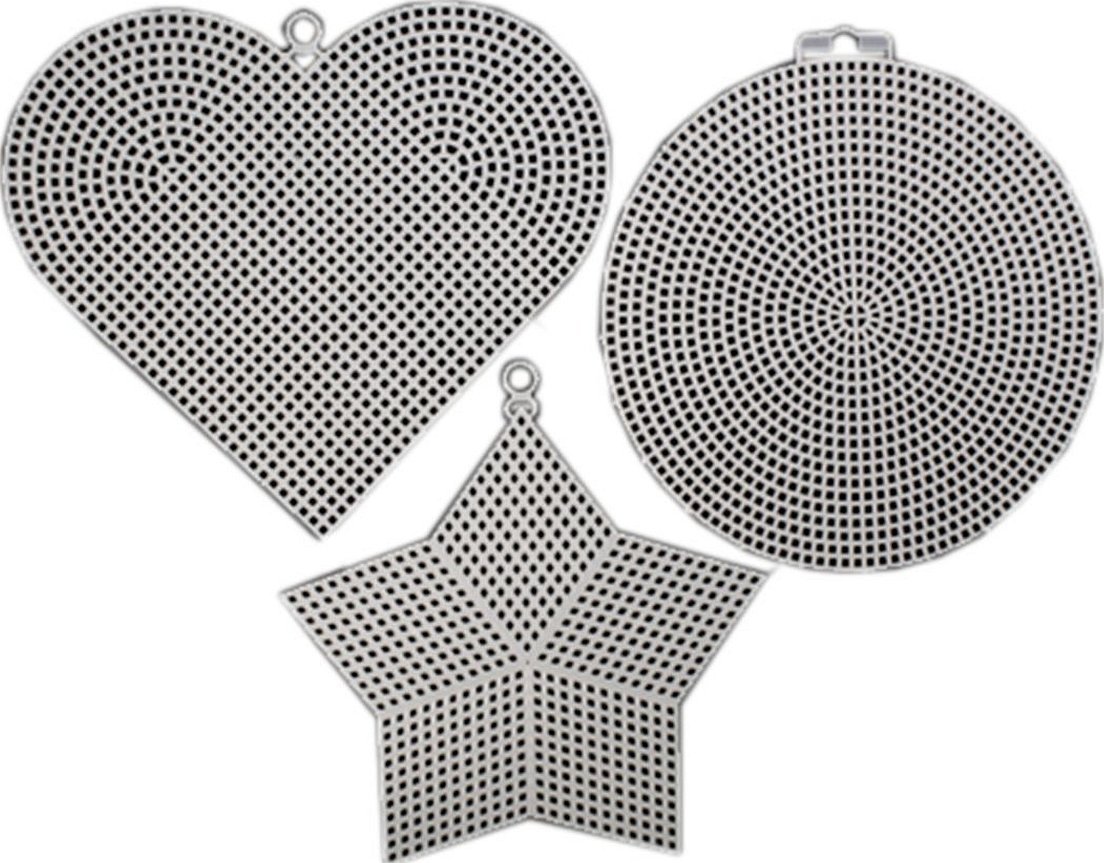
Aida canvas
Aida is a fabric that is truly considered one of the most popular. There is probably not a single embroiderer, even a beginner, who has not heard of it. Aida, as a rule, is a fabric made of 100% cotton. Initially, it was made only by the famous German company Zweigart. However, the price of the Germans is quite high. Not so long ago, Aida of Hungarian origin appeared on the market, but under the license of Zweigart. The second option is much more budgetary. The peculiarity of Aida is the weaving of 4 * 4 longitudinal and transverse threads, while they form clear and even squares. Most embroidery kits are equipped with Aida.

This type of canvas appeared almost 130 years ago and still holds its positions confidently. Many companies, in order to earn money, began to call all their 4*4 weaving canvas Aida, but the quality may not meet expectations.
This canvas has a large number of varieties that differ in the size of the cells. The most popular types are Aida 14, Aida 16, Aida 18. The number indicates the number of cells per inch of fabric. The higher the number, the smaller the pattern. As a rule, very well-detailed pictures are obtained on a small count.
In addition to those listed, you can sometimes find Aida 7, Aida 20, Aida 22, but they are used extremely rarely. When asked what the fabric for counted embroidery is called, you can safely say Aida.
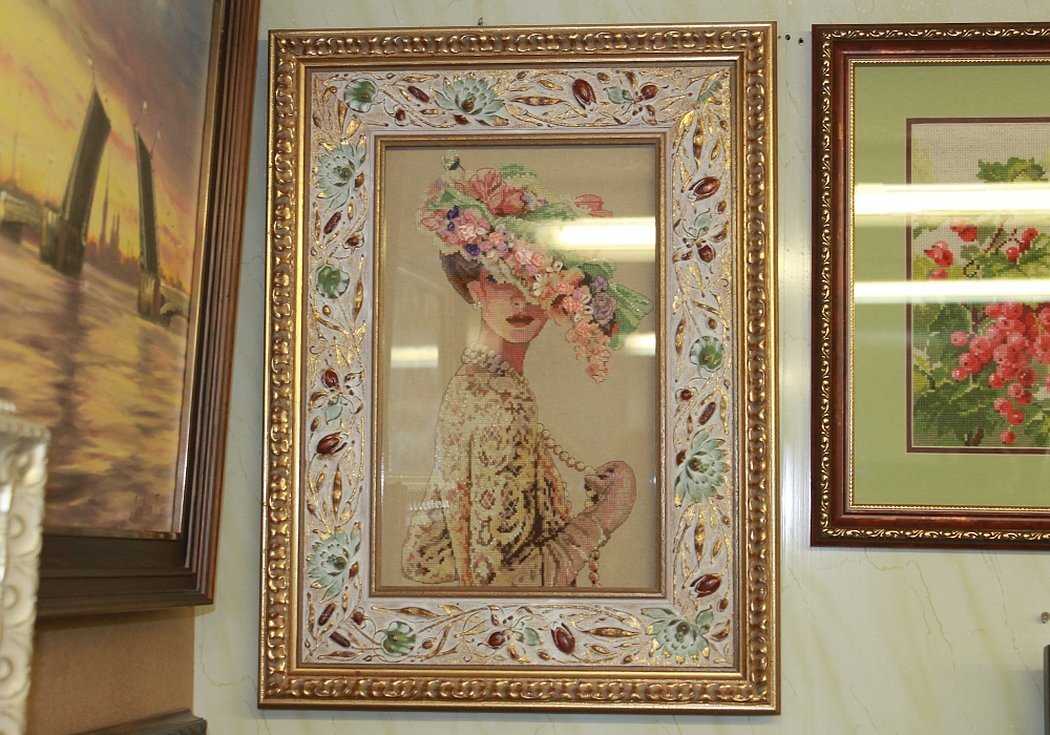
Embroidery on polyester
Polyester is a very popular material, which consists exclusively of synthetic materials. It is used in various areas of production due to its cheapness, brightness, and wear resistance. Machine embroidery is more common on polyester.

Perforated paper
It is a strong paper with evenly spaced holes. It is usually the same size as Aida 14. It is a good option for cross stitching and beading. In order for the paper to be as strong as possible, it is often additionally impregnated with a special solution. Despite its hardness, it can be cut quite well with regular scissors.
It is not allowed to crumple it in your hands for convenience in work, because the canvas will be damaged. It is advisable to embroider in no more than 2 threads. As a rule, such paper is not sold separately in handicraft stores, it comes in sets. Accordingly, embroidery instructions are always included. Upon completion of the work, 1 cell is indented from the edge and the product is cut out. To make the edge look neat, you can embroider it with ribbon or lace. Felt is popular for covering the back side.

Flax
Linen fabrics are considered to be among the best. Firstly, they are completely natural, secondly, they are durable, and thirdly, they look very noble. Linen is actively embroidered with a cross, tapestry, stitches and in the Hardanger technique. To get a good image on linen, embroidery is done through 2 threads. Usually, these fabrics are distinguished by a large count. The most popular are Cashel 28, Belfast 32, Newcastle 40. In addition, you can find linen of 18, 25 and 26 count.
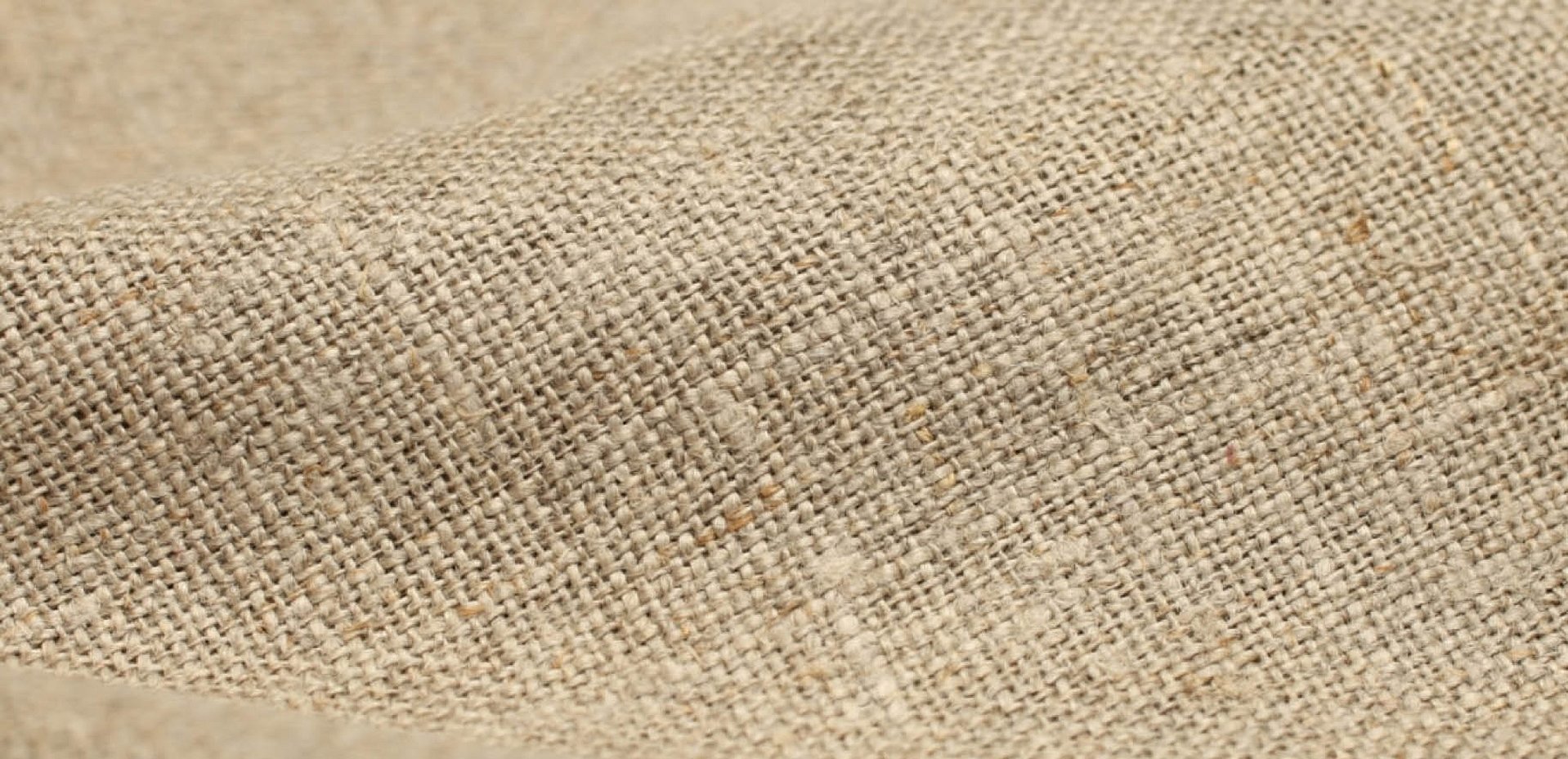
Merezhka (Hardanger)
Fabric made of 100% cotton. On such a canvas, the cells are formed by weaving 2 * 2. Visually, clear squares are not very well visible due to the fact that the threads are not fixed to each other. On such fabric, it is good to embroider both pictures and ordinary decorative patterns. The seams on such a canvas are very small, it is better to embroider in one or two threads, but the stitch should be tapestry. Such a base is suitable only for experienced needlewomen, because it is quite difficult to work with.
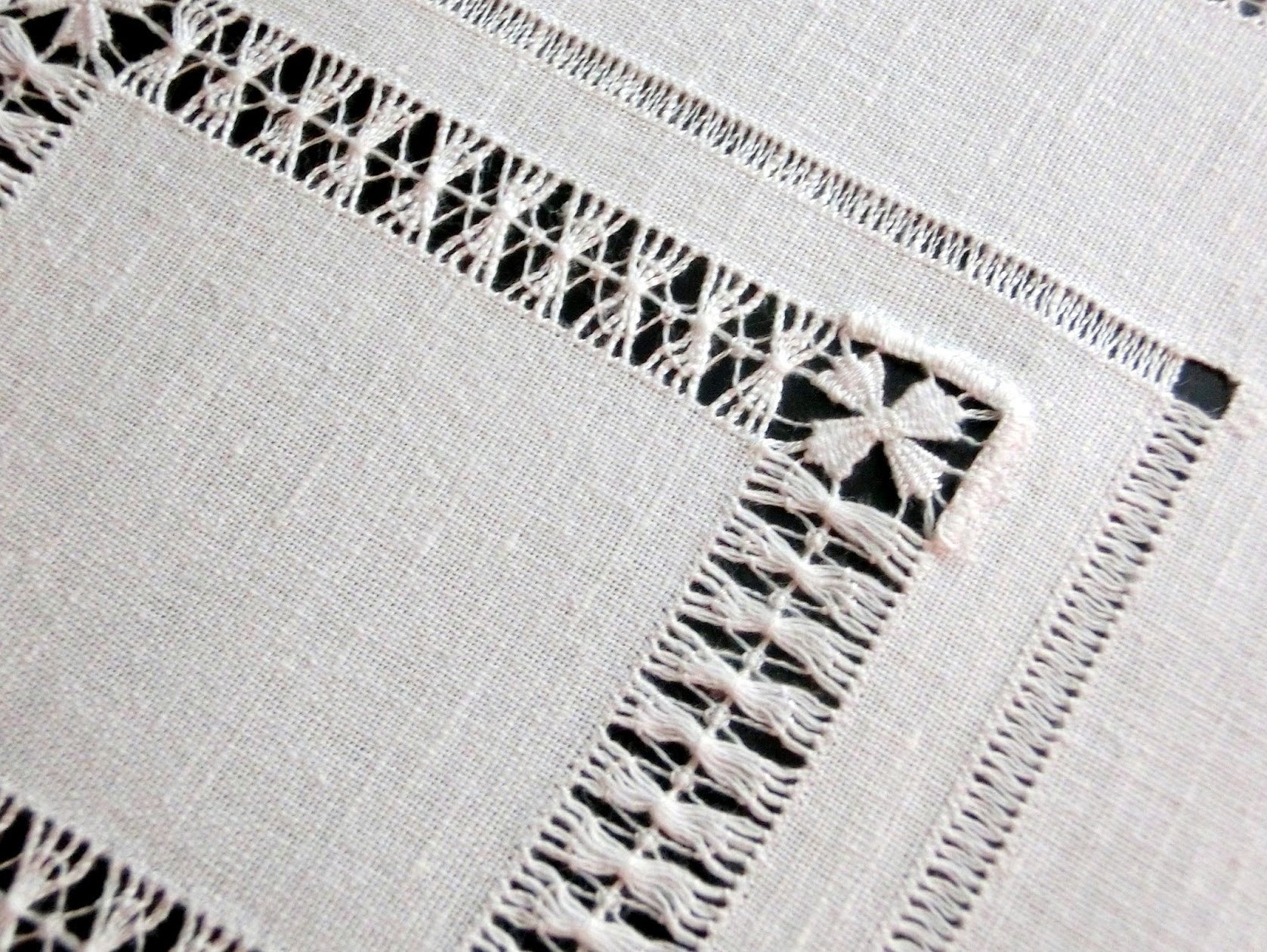
Cotton
This name for embroidery fabrics is a very broad concept. Almost every type of canvas has options made of 100% cotton. It is good primarily for its natural composition and environmental friendliness. Such fabrics are good for floss, very durable, easy to care for and not picky in work, and also have a very affordable price.
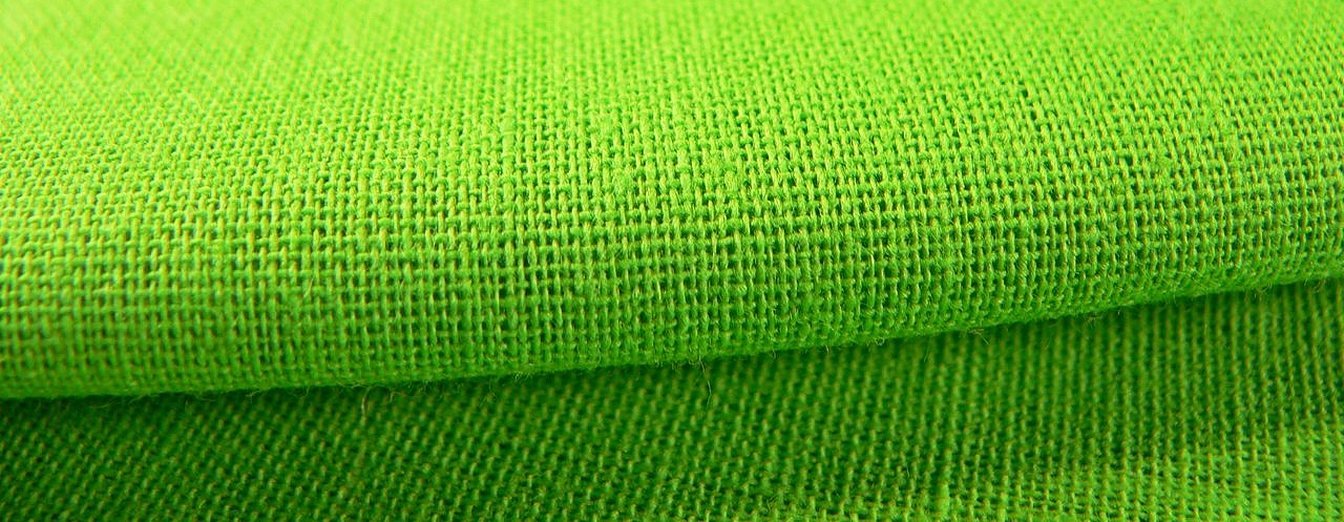
Silk
Silk fabric is very elegant, small and thin. That is why it is best suited for jewelry embroidery. For example, pendants, rings, bracelets. The pattern is very small. Such works are usually embroidered from a small range of colors.
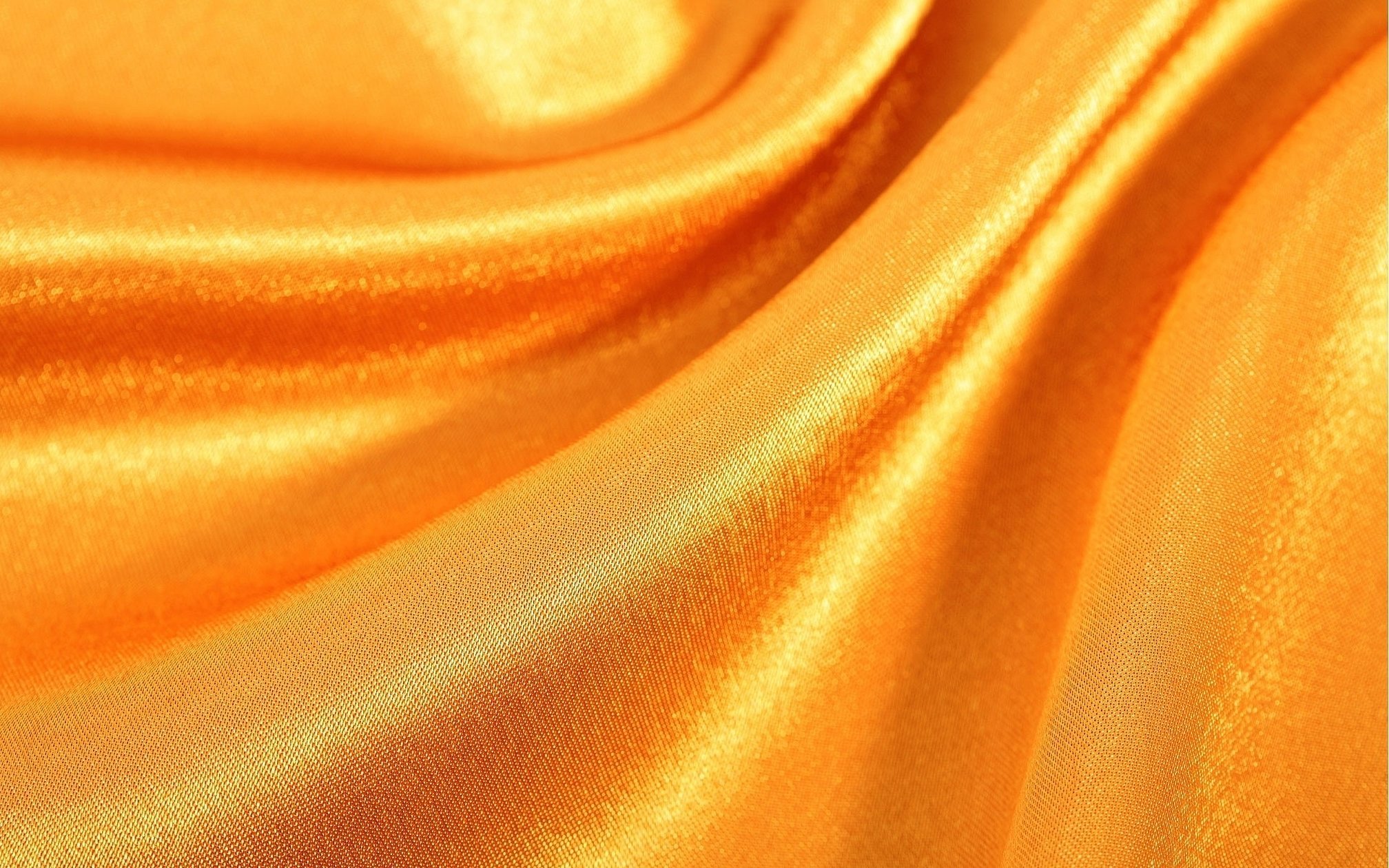
Mixed fabric bases
Such fabrics can easily be confused with linen, but if you compare them, they feel much worse. Accordingly, the price tag on them is an order of magnitude lower. There are several popular types of mixed fabrics:
- Floba (70% viscose and 30% linen) - does not have any variety in colors, exclusively natural and uneven, used for bags, tablecloths, etc. Available in 14, 18 and 25 count.
- Quaker Cloth 28 (45% cotton and 55% linen) - very similar to natural linen fabrics, a large selection of colors, only one count option - 28.
- Brocade - Quaker Cloth 28 (48% cotton and 52% linen) - is not particularly different from the previous one except for the color range - only five pastel shades.
- Carrick Fine Linen 45 (45% cotton and 55% linen) is a white canvas with a 45 count, ideal for small embroidery, sometimes used for sewing clothes for embroidery.
Selecting fabric for embroidery by manufacturer
If we talk about manufacturers of canvases for embroidery, then in general there are not so many of them. The undisputed leader is the German canvas Zweigart - it behaves well in work, is not afraid of washing, never deforms or fades, there are no analogues to it. The only downside is the high cost of fabrics of this production. More budget, but high-quality canvas of Hungarian production, and if we take very budget options, then these are Belarus and Ukraine. In the latter case, you need to be prepared for the fact that in work the fabric may change its appearance or fade over time.
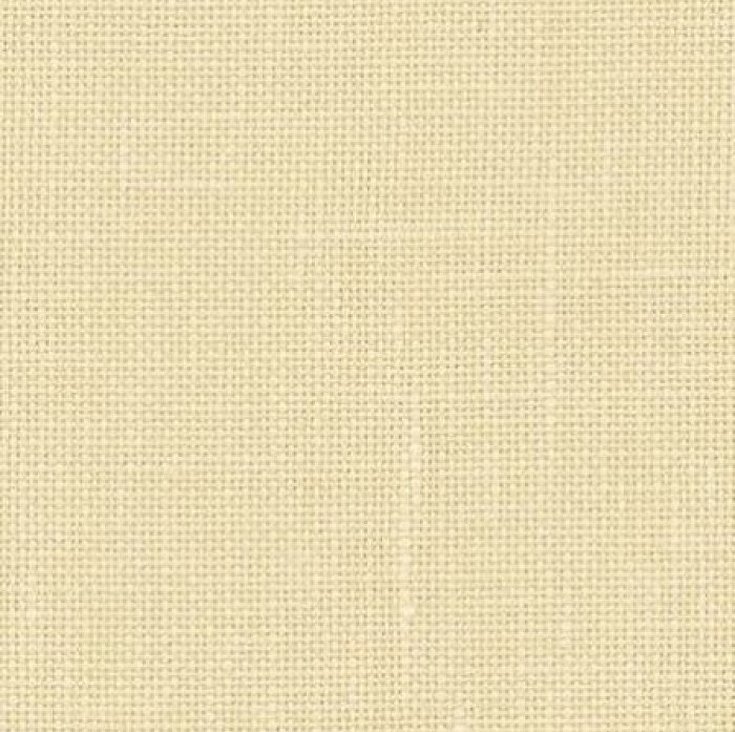
Of all the options, each embroiderer knows exactly what the different fabrics for embroidery are called, will be able to find her ideal option and figure out which fabric is used for cross stitching, and which is better to use a different technique on.




